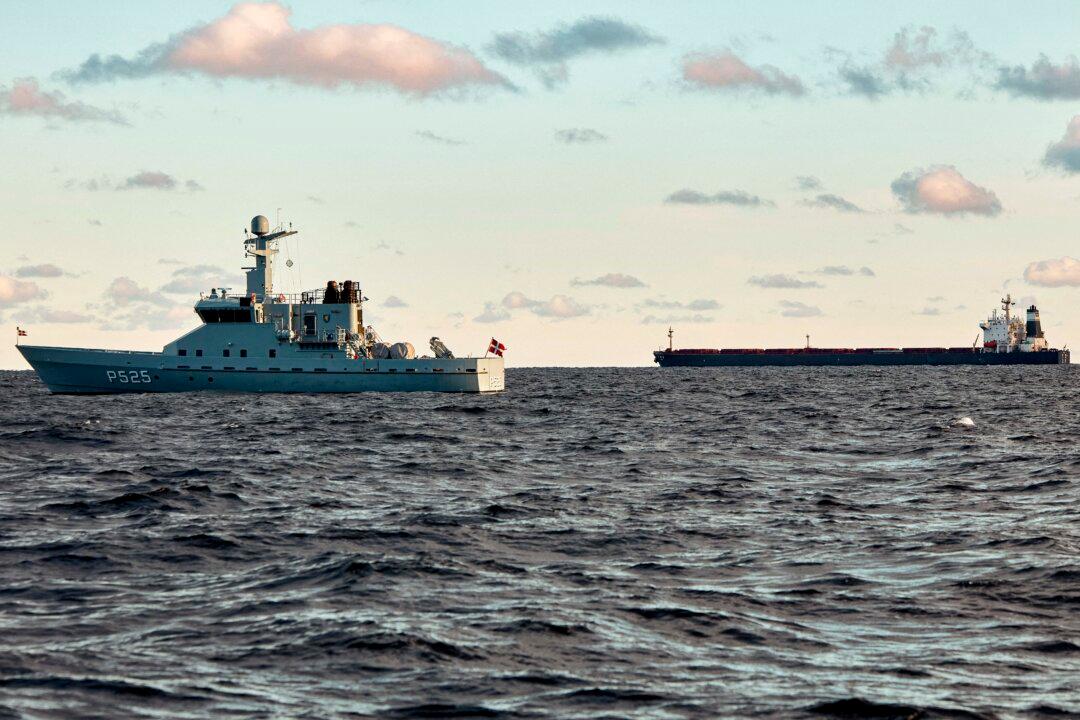Two experts on the Chinese regime’s military said they believe Beijing will likely deploy more gray zone warfare tactics after a Chinese vessel was suspected of recently damaging two undersea telecommunication cables in the Baltic Sea.
On Nov. 17 and Nov. 18, respectively, a cable between Lithuania and Sweden and another between Finland and Germany were severed.





